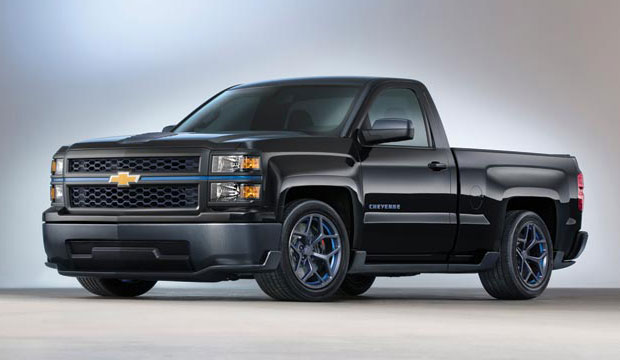Automotive Applications
The automotive composites market is expected to top $11 billion in 2015, according to the London-based research firm Visiongain. While luxury automobiles and sports cars have long relied on composites, there’s now a trend toward mid-price models featuring more composite materials. CFRP is making its way into everything from body panels to brake rotors.
The BMW i3 is a Trend Setter

The BMW i3 was first unveiled in 2011, and production of the 5-door hatchback electric commuter car began in the last quarter of 2013. While the i3 is only one of nearly 100 vehicle models manufactured that feature at least some standard equipment made of CFRP, it has one notable distinction: Most other vehicles in this category are luxury vehicles and supercars, pricing them out of not only large production, but also out of the range the average consumer is willing to spend.
Learn More

The Volkswagen XL1 is an Envelope Pusher


Volkswagen began prototyping a “one-liter car” in 2002, reflecting a fuel consumption of less than 1 liter diesel fuel per 100 km (261 mpg). “In early stages, the cigar-shaped form made it necessary for occupants to be seated behind each other,” says Christian Buhlmann, spokesman for Volkswagen and Volkswagen Americas. “Further down the engineering and production timeline it became clear that only by using CFRP structures as well as electrification of the drivetrain would the car be able to perform as needed as well as seat passengers next to each other.”
Learn More
Composites in a Concept Vehicle

In November 2013, GM introduced the Chevrolet Silverado Cheyenne concept vehicle. Touting it as the company’s performance-oriented version of the 2014 Silverado, the Silverado Cheyenne cuts weight and was designed to explore performance possibilities. “The unique lightweight features built into the concept vehicle include CFRP replacements for the bumpers, tailgate and inner cargo box,” explains Jennifer Ecclestone, GM’s manager of engineering and safety communications.
Learn More

